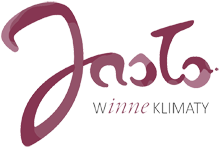
Our next task was to find out which materials can conduct sound and which are best for this purpose.
Sound (Tibetan) bowls originally served as eating utensils. Their versatile vibroacoustic properties have contributed to the fact that these objects are now used in the field of music therapy in the broadest sense. They can be placed on various parts of the body to feel their vibrations, but they are most commonly used for relaxation and therapeutic concerts, which are often referred to as “bathing in sound” by listeners.
These instruments have an extremely subtle and mellow sound, which, despite appearances, is not so easy to produce from them. In addition to their musical aspects, they are also an indispensable tool for experiments and physical experiments. Water is one of the best carriers of sound. When we listen to music, it not only reaches our ears, but along with water molecules travel to the innermost recesses of our body. Did you know that the human body is made up of about 70% water! It is in the bowls that you can very spectacularly observe how sounds and music affect the behavior of water, and thus, ourselves. See for yourself !!!
Report prepared by: Franek and Dominik
Supervisor of the project: Piotr Larysz
filming: Justyna Larysz
Implementation of the project in the framework of the competition “Exchange of brilliant ideas for Jasło”.
Students of the Adam Mickiewicz Community School Complex in Jasło.
The task of Jasło Children’s University is implemented within the framework
of the project: “Jasło – City of Knowledge” within the framework of
the project “Jaslo – my city, my home”, financed from the funds of
the EEA Financial Mechanism 2014-2021 and the state budget.
Together we act for a green, competitive and inclusive Europe.











